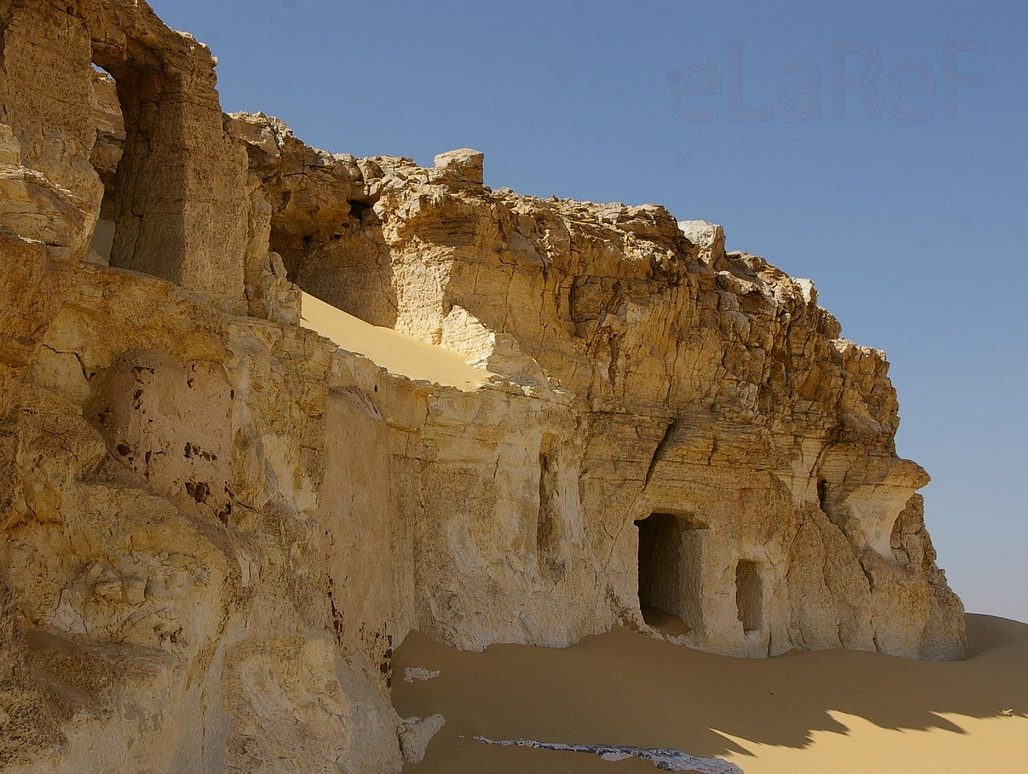The Meir tombs are a collection of ancient Egyptian tombs located near the Upper Egyptian town of Meir. The tombs date back to the Old Kingdom and First Intermediate Period, and are known for their beautifully preserved wall paintings. These paintings depict scenes of daily life, offering a unique glimpse into the culture and society of ancient Egypt. The tombs were built for the local nomarchs and their families, and are considered some of the most important archaeological sites in Egypt.
Get your dose of History via Email
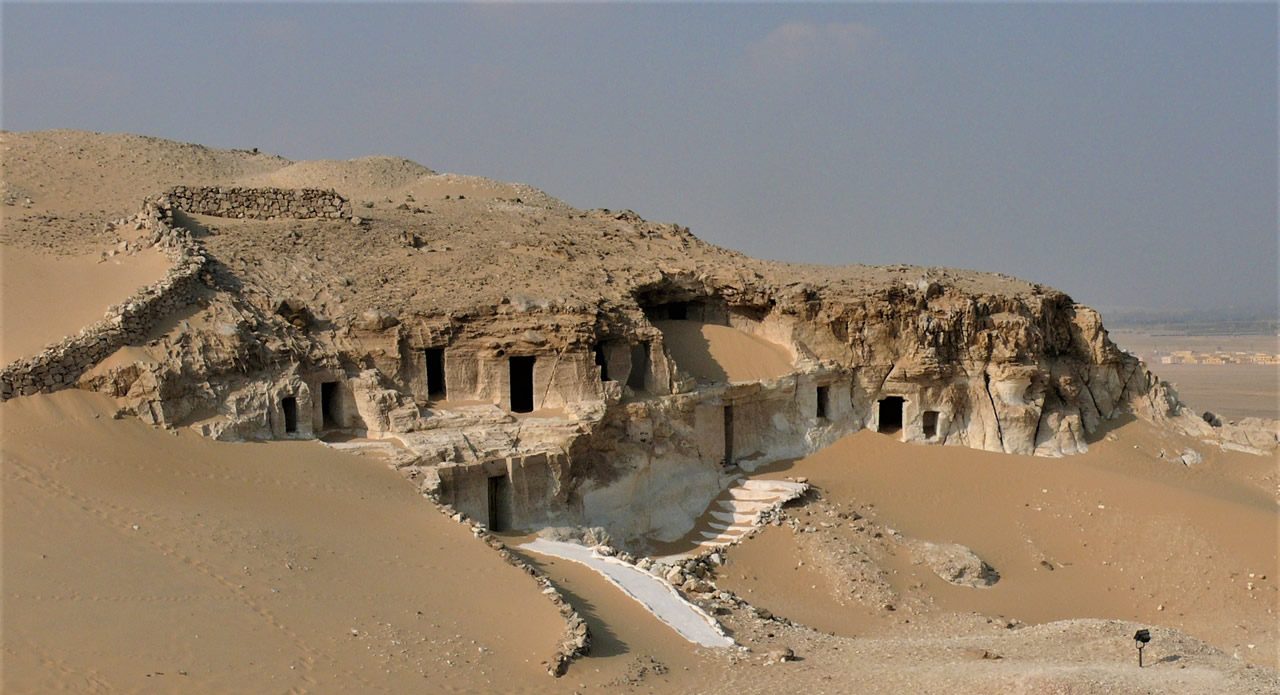
What is the historical significance of the Meir tombs and what do they tell us about ancient Egyptian burial practices and beliefs?
The Meir tombs are of great historical significance as they provide a wealth of information about ancient Egyptian burial practices and beliefs. The tombs were designed to serve as eternal homes for the deceased, reflecting the ancient Egyptian belief in life after death. They were elaborately decorated with wall paintings and filled with grave goods to ensure the comfort and well-being of the deceased in the afterlife.
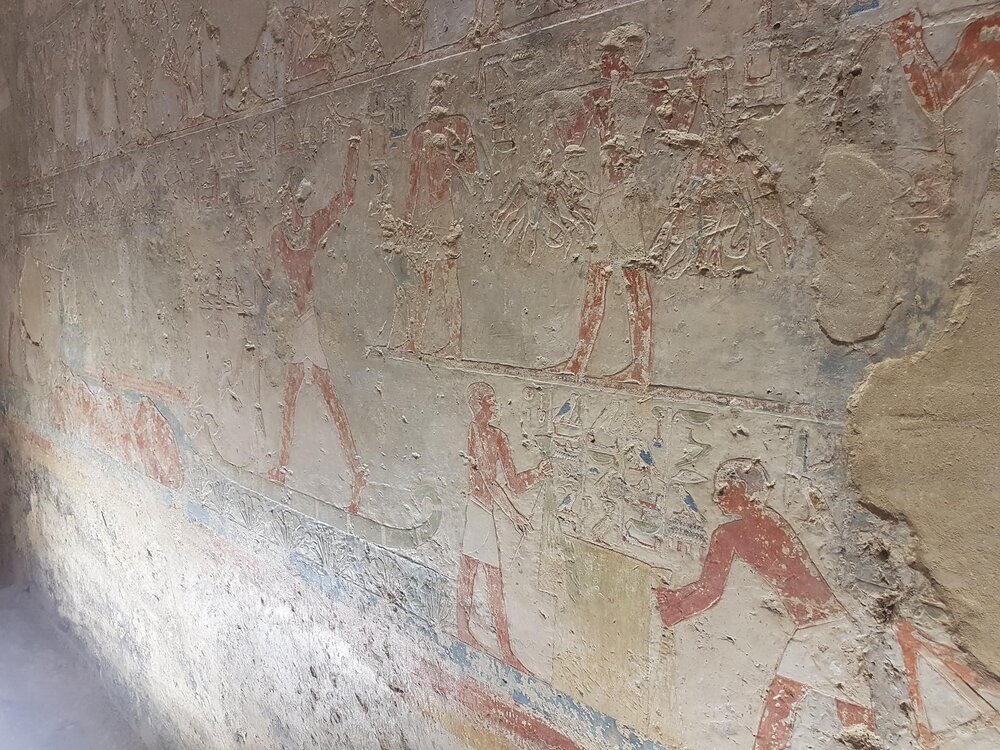
The wall paintings in the Meir tombs are particularly noteworthy. They depict scenes of daily life, including farming, hunting, and fishing, as well as religious rituals and ceremonies. These paintings provide valuable insights into the lives of the ancient Egyptians and their beliefs about death and the afterlife.
The layout and architecture of the tombs also tell us a lot about ancient Egyptian burial practices. The tombs typically consist of a chapel and a burial chamber, reflecting the dual function of the tomb as a place for the living to honor the dead and for the dead to reside in the afterlife. The chapel was used for offering rituals and was open to the public, while the burial chamber was a private space where the body of the deceased was laid to rest.
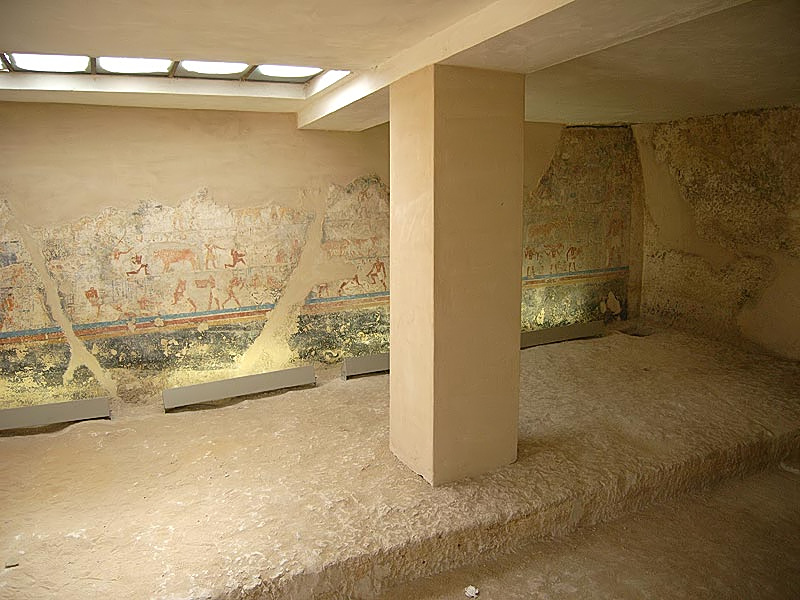
What are some of the key archaeological discoveries that have been made at the Meir tombs?
Several key archaeological discoveries have been made at the Meir tombs. One of the most significant is the tomb of Senbi II, a nomarch of the First Intermediate Period. The tomb is known for its beautifully preserved wall paintings, which depict scenes of daily life and religious rituals.
Another important discovery is the tomb of Ukhhotep, a nomarch of the Old Kingdom. The tomb contains a wealth of grave goods, including pottery, jewelry, and tools, providing valuable insights into the material culture of ancient Egypt.
In addition to these individual tombs, archaeologists have also discovered a number of stelae, or stone slabs, at the Meir tombs. These stelae are inscribed with hieroglyphic texts that provide information about the individuals buried in the tombs and their families, as well as prayers for the deceased.
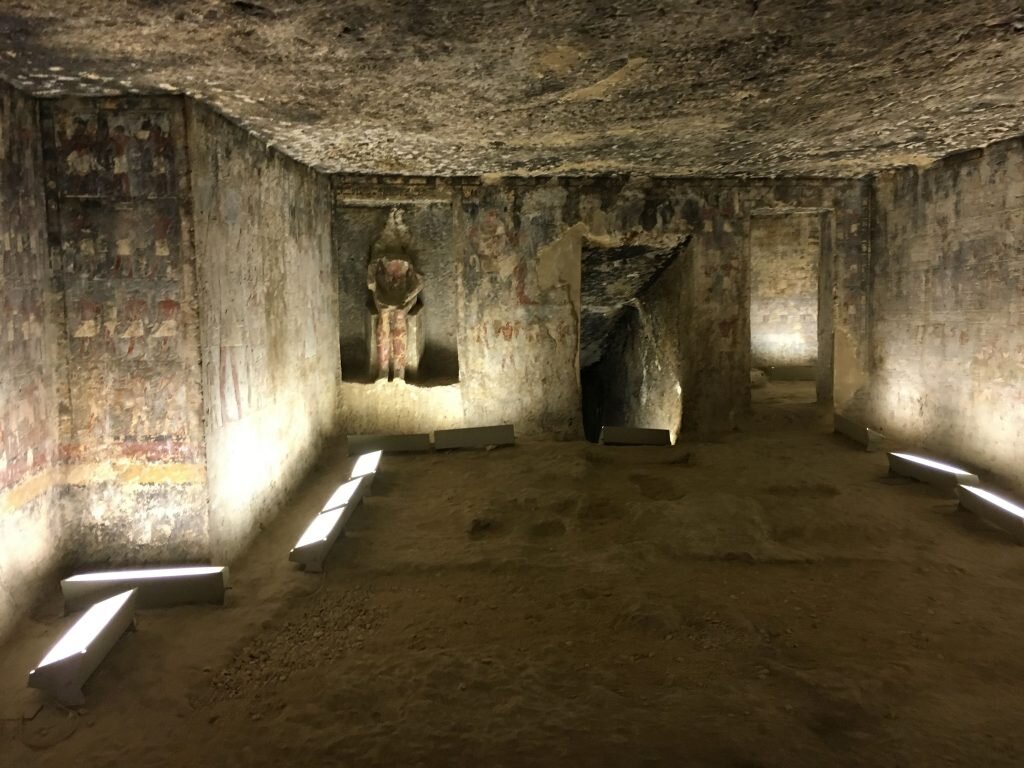
Conclusion and Sources
In conclusion, the Meir tombs are a treasure trove of information about ancient Egyptian burial practices and beliefs, as well as the culture and society of the time. The beautifully preserved wall paintings, grave goods, and inscriptions found in the tombs provide a unique glimpse into the lives of the ancient Egyptians and their views on death and the afterlife.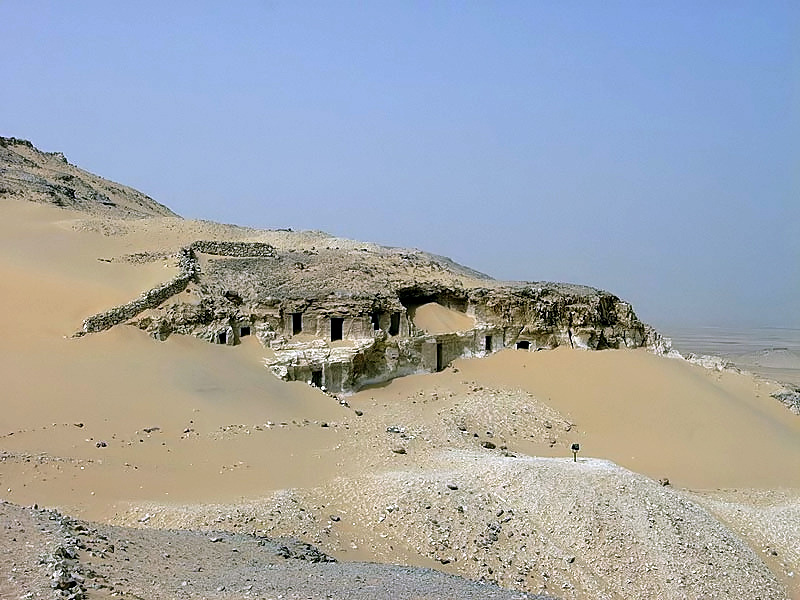
For further reading and to validate the information presented in this article, the following sources are recommended:

